Continuing with the theme of sorting out the random baking ingredients I've collected the first type of bread I baked last week was a millet bread. Last week was a struggle, one of the set of loaves came out well and the other was a real challenge.
This bread is a simple 50-50 mix of white flour and high extraction flour with added cooked millet. The recipe is exactly as in Tartine #3 except I've scaled it to 400g of flour per loaf as my bannetons are not big enough for the porridge recipes. I've decided to continue with using 15% leaven and try to stretch the fermentation time out longer. It doesn't seem like we're going to get a proper winter in Manchester this year and daytime temperature is stubbornly above 5 degrees.
The cooked millet smells grassy and a little nutty - like bird seed and tastes a little grassy but fairly neutral. In terms of texture, it falls somewhere near quinoa and couscous or burghur wheat. Every time I cook some for this recipe I consider making salad or serving it as a side dish with a stew but it hasn't happened yet. I'd be curious to know how millet was traditionally eaten in Europe.
The very perky shape suggests I've slightly under fermented these loaves a little. This bread is simple, easy to make and doesn't smell anywhere near as much like bird seed after it is baked! The toasted millet on the surface is quite different – crunchy and nutty and pretty too.
Another one of those things in the back of the cupboard is bag of barley flour. Probably the safest thing to do with this would be to bake biscuits. I was tempted by the idea making bannock but settled on a recipe for a lemon barley loaf from Dan Lepard's 'The Handmade loaf'.
Lemon barley loaf
The recipe is 40% Barley flour and 60% white flour so I wasn't expecting the dough to behave like a wheat loaf but even though pretty much everything that could go wrong, did go wrong.
Most obviously, I forgot about the salt crust. The dough was difficult to handle as it seemed fragile and lacking structure, which makes sense with so much gluten-free barley flour. However this caused me to panic and just make matters worse with a whole series of mistakes.
The dough was soft and sticky but not in the same way that rye dough is as it lacks the cement-like gloss and gloopiness. I didn't feel confident shaping these batons as I haven't done this for ages. Things got worse at the scoring stage with the knife snagging and more tearing that cutting the dough. Finally, the loaves were significantly over baked giving a dull and thick crust.
The taste of this bread is unique and oddly appealing, so I can see that the recipe could be very special if executed a lot better than this attempt. A much more successful version of this bread has been posted on The Fresh Loaf by TXFarmer's and can be found here. At the moment I lack the skill and patience to recover once things start to veer of track which is disappointing.
Happy Baking!
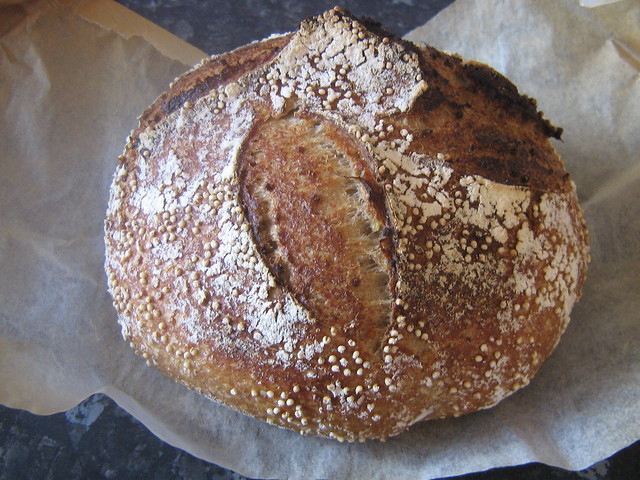

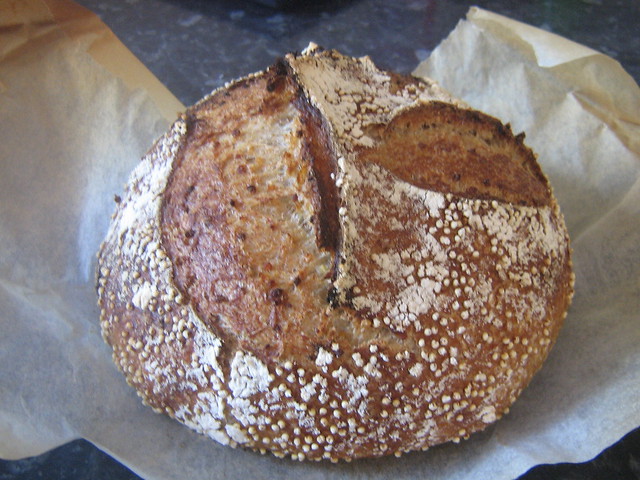
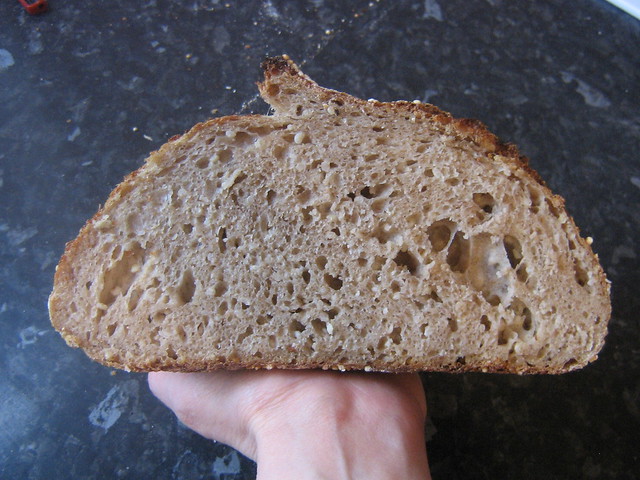
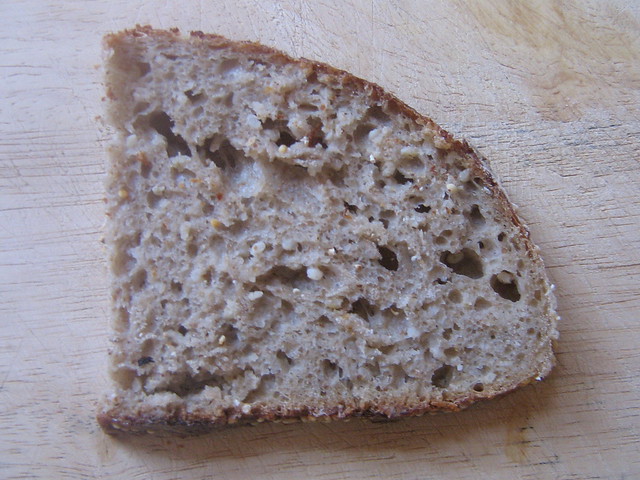
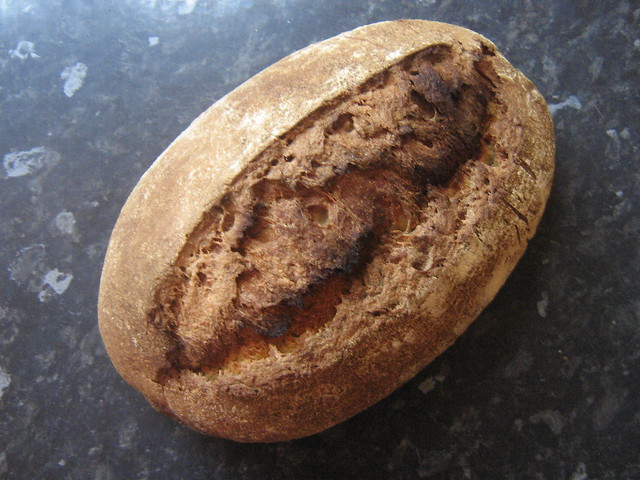
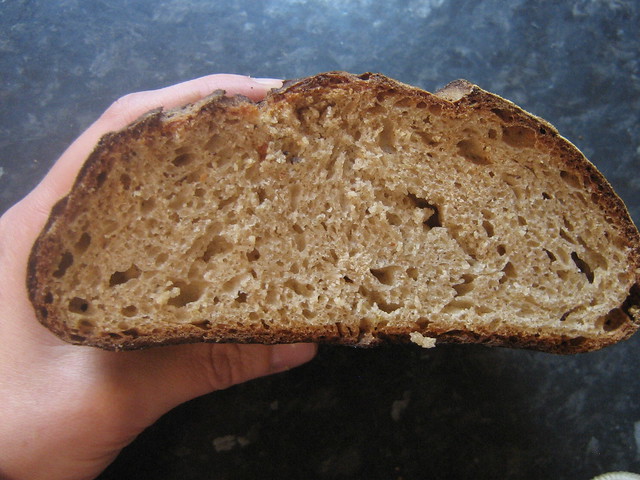
No comments:
Post a Comment